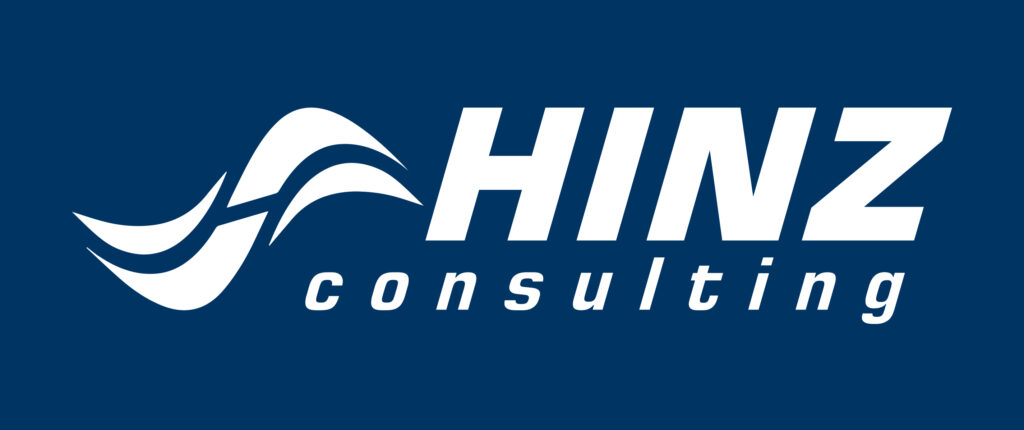Task orders are a fundamental aspect of government contracting, offering a streamlined approach to procure goods and services under existing contracts. Understanding the intricacies of task orders is crucial for contractors looking to navigate the complexities of government procurement successfully. Let’s delve into the concept of task orders in government contracting:
Definition of Task Orders:
A task order is a contractual mechanism used by government agencies to procure specific goods or services from contractors who have been awarded indefinite-delivery, indefinite-quantity (IDIQ) or multiple-award contracts (MACs). These 0rders outline the scope of work, deliverables, timeline, and pricing arrangements for a particular project or requirement.
Purpose of Task Orders: Task Orders serve several purposes in government contracting:
- Flexibility: These orders provide government agencies with the flexibility to tailor contract requirements to meet specific needs without undergoing a lengthy procurement process.
- Efficiency: By leveraging existing IDIQ or MAC contracts, these orders streamline the procurement process, allowing government agencies to expedite the acquisition of goods and services.
- Competition: These orders often incorporate competition among contract holders, promoting fairness and transparency in the selection process while ensuring the best value for the government.
- Simplification: Task orders simplify the contracting process by allowing government agencies to issue individual orders under overarching contracts, eliminating the need for separate procurement actions for each requirement.
Components of a Task Order: Key components of a task order include:
- Statement of Work (SOW): The SOW defines the specific tasks to be performed, project objectives, deliverables, and performance standards.
- Period of Performance: Duration within which the contractor is expected to complete the tasks outlined in these orders.
- Performance Metrics: Criteria used to evaluate the contractor’s performance, ensuring compliance with contract requirements and quality standards.
- Pricing: The pricing structure for these orders, which may include fixed-price, cost-reimbursement, or other arrangements based on the nature of the work.
Conclusion:
Task orders are essential tools in government contracting, offering flexibility, efficiency, and simplicity in procuring goods and services. Contractors should familiarize themselves with the task order process to capitalize on business opportunities and deliver value to government clients. Understanding nuances of these orders enables contractors to navigate the procurement landscape with confidence and pursue success in the competitive government marketplace. Contact us to learn more!

